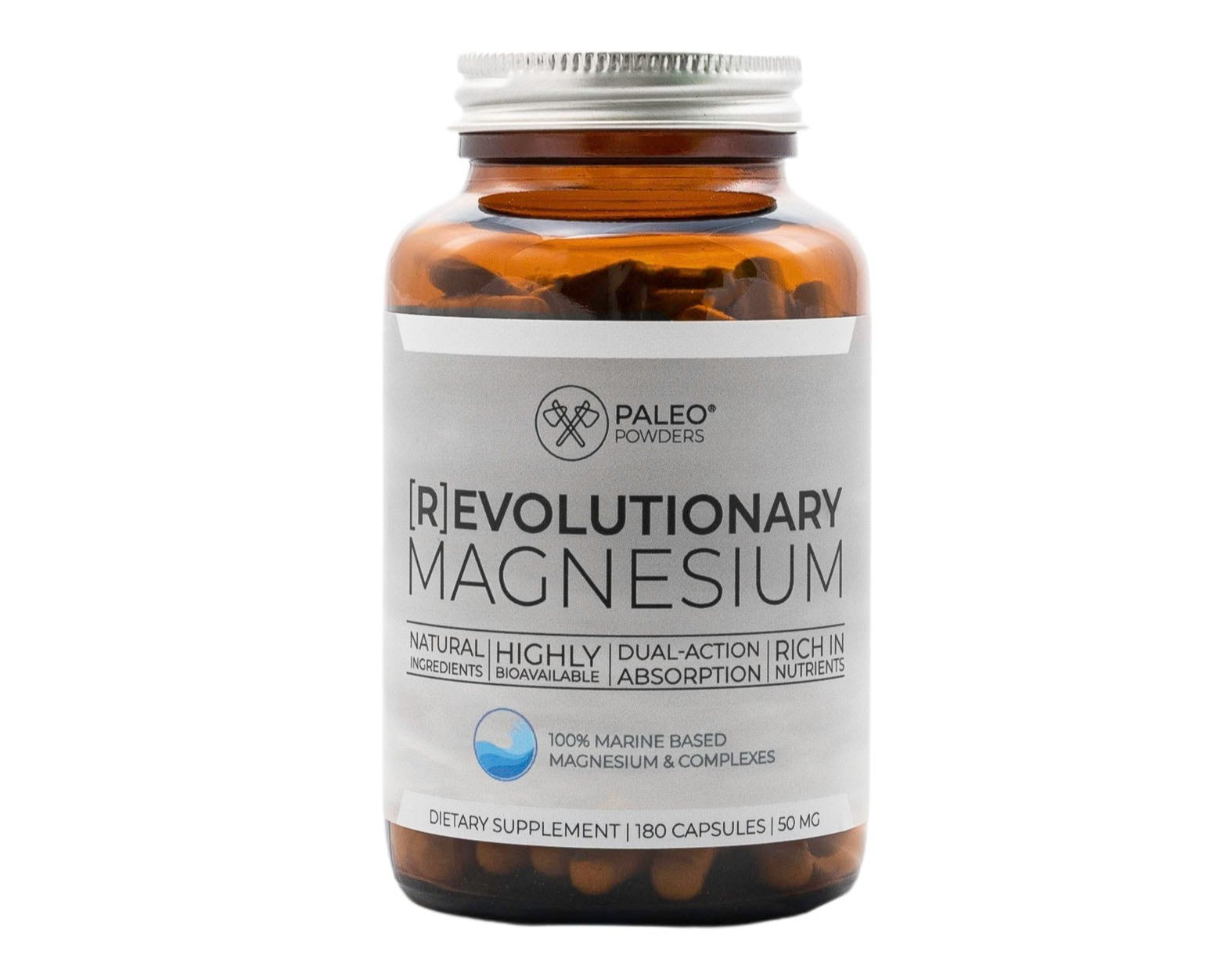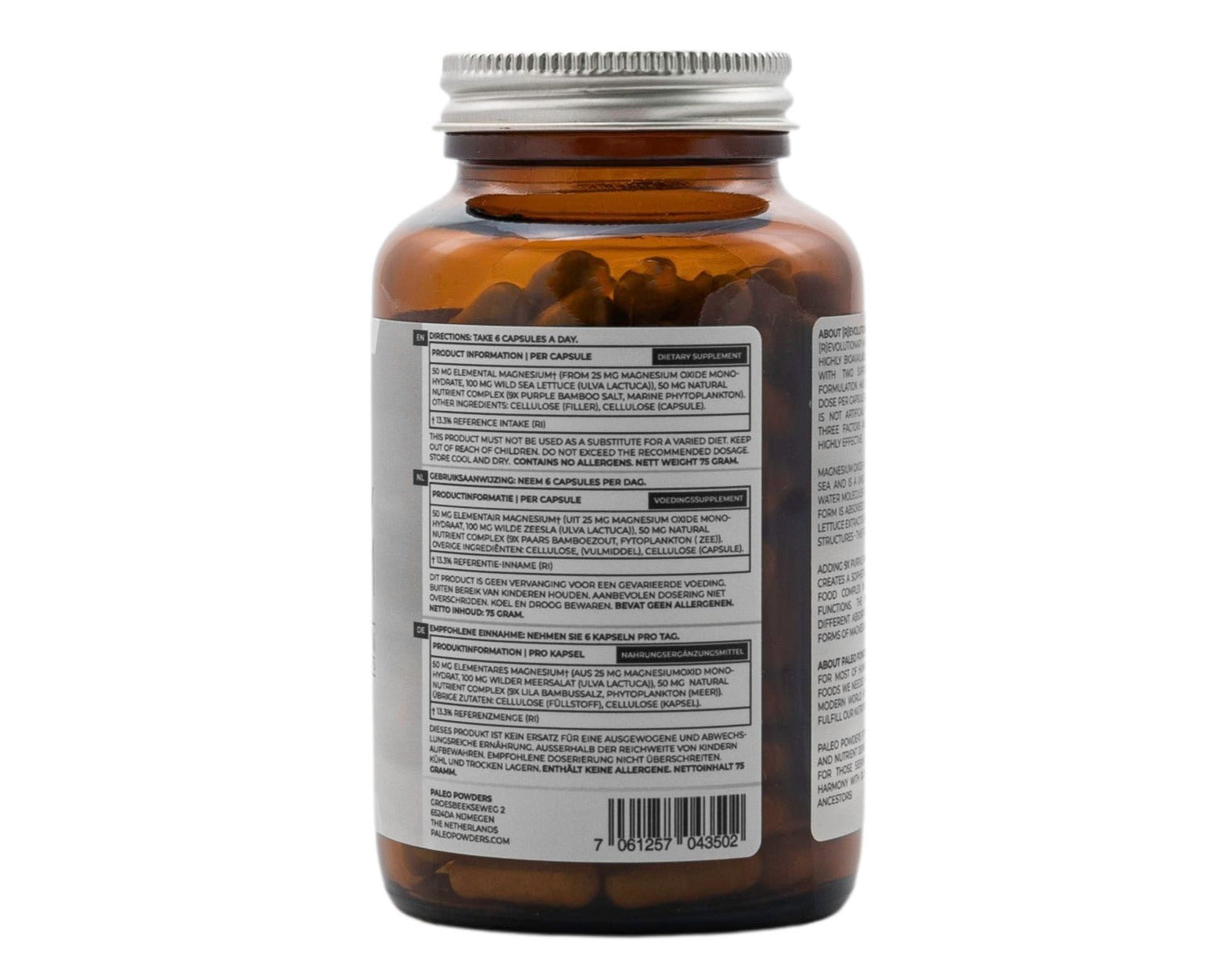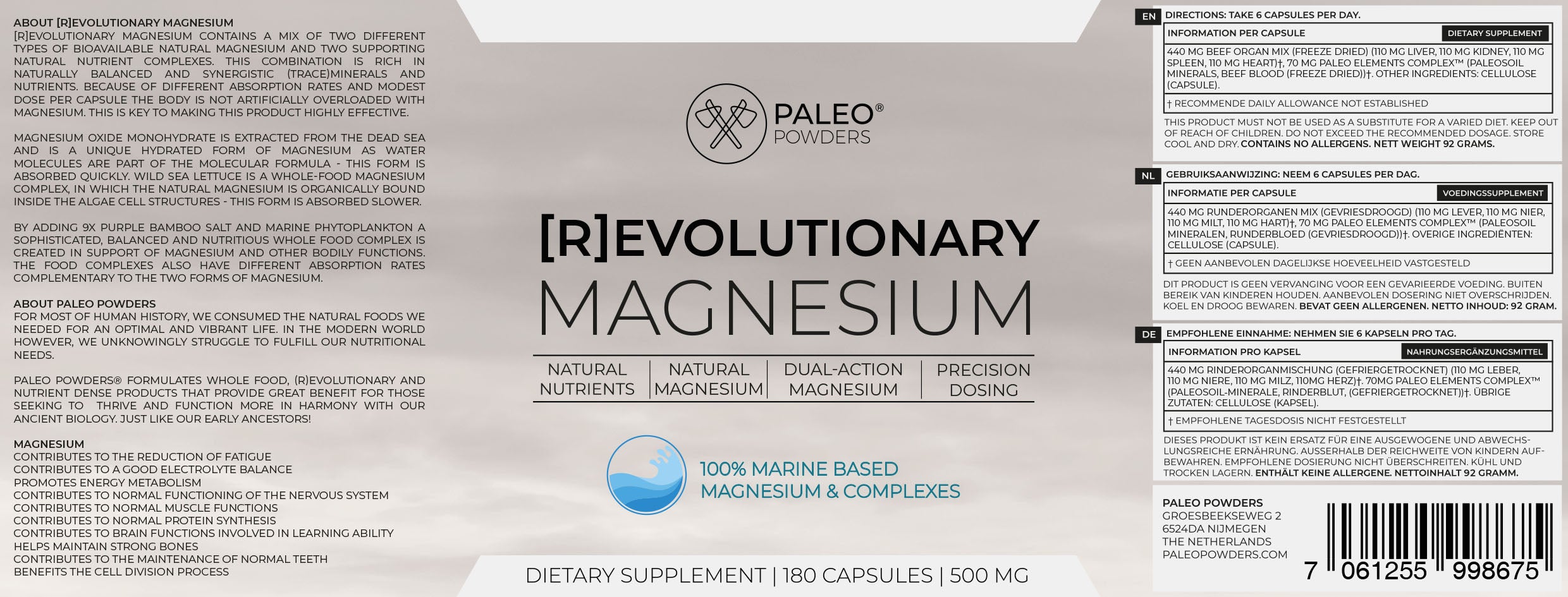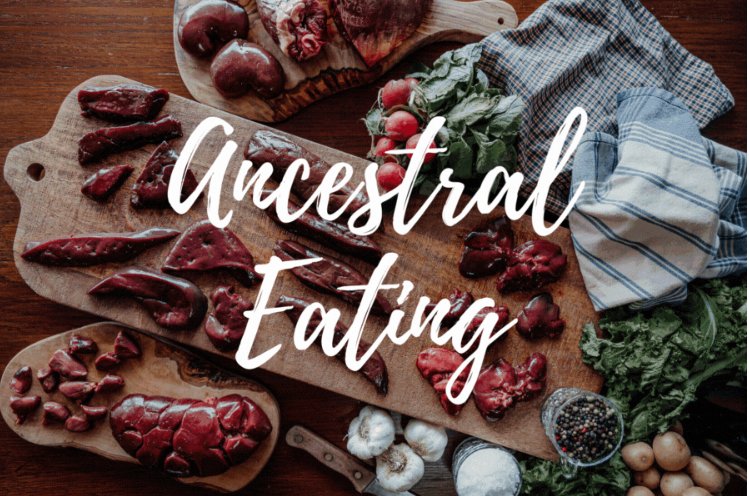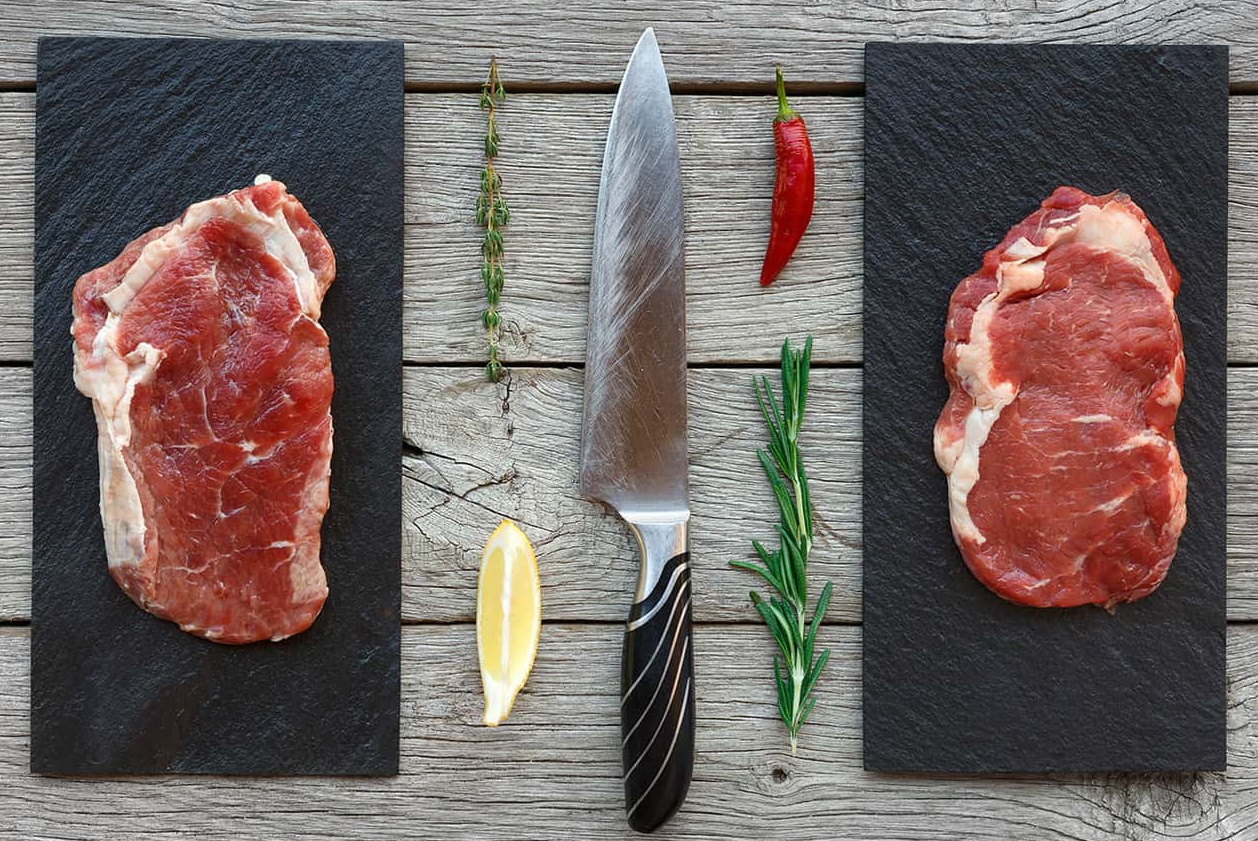
The Choice between Grass-fed and Grain-fed Beef
In the complex maze of the modern supermarket, where choices extend beyond price and packaging, the decision between grass-fed and grain-fed beef stands out as a crucial consideration for meat lovers. The growing popularity of grass-fed beef, especially in Europe and the United States, reflects a shift in meat consumption.
Grass-fed in Reality:
Contrary to popular belief, the label "grass-fed" does not necessarily mean that cows graze exclusively their entire lives. Although they may eat mainly grass, some may switch to a grain-based diet before slaughter, or even be fed additional grain food at different times in their lives.
Grass fed vs grain fed:
Recent research shows that there are more nutritional differences between grass-fed and grain-fed beef than previously thought. Scientists study important differences, such as the ratio of omega-6 to omega-3 fatty acids, phytonutrients, conjugated linoleic acid (CLA) content, fat content and the amount of vitamins and minerals. These details add additional information to the decision-making process and emphasize that consumers should look not just at the label, but also at the broader nutritional impact of their meat choice.
The Rise of Local Wisdom: “Wild” Beef as a Counterpoint to Industry
Amid the growing recognition of the benefits of grass-fed and grass-finished meat, we are seeing a remarkable rise in local, “wild” beef movements. This movement not only emphasizes the quality of the meat, but also the importance of local involvement and sustainability. Local farmers markets, cooperatives and farms that focus on offering meat from animals that roam freely and eat a natural diet offer an alternative to large-scale industry.
In contrast to the industrialized approach to meat production, which often involves compromises on animal welfare and nutritional value, local "wild" beef embodies the principles of healthy agricultural practices. By focusing on small-scale, local approaches, consumers can now connect directly with the source of their food. This emerging phenomenon reminds us that choosing quality meat doesn't have to be limited to what's on the supermarket shelf. It is a celebration of local wisdom, where the connection between consumer and producer is strengthened and where the value of artisanal approaches prevails.
The Standouts from Down Under: Organ Supplements from Australia and New Zealand
When we talk about top quality meat and organ supplements, we must reserve a special place for Australia and New Zealand. These countries are known for their unparalleled commitment to grass-fed and grass-finished meat, setting the standard for the highest quality.
Grass-Fed: A Tradition of Quality
In Australia and New Zealand, grass-fed and grass-finished is not a trend; it is a traditional and sustainable practice. Traditionally, the grassy pastures of these countries have provided livestock with nutritious grass, resulting in the highest quality meat. The mild climate and vast, green landscapes provide ideal conditions for cattle to graze freely, which contributes to the excellent taste and nutritional value of the meat.
100% Grass Finished
What really sets Australia and New Zealand apart is not only the fact that the cattle eat grass, but also that they rely on this natural diet for most of their lives. The term "grass-finished" means that the livestock has spent its life consuming grass and other natural foods before being processed. This results in meat with unparalleled taste, juiciness and nutritional richness.
Why So High Quality?
-
Nutritious Diet: The abundant grass on the pastures of Australia and New Zealand provides a diverse range of nutrients for livestock. This is reflected in the meat and organs, which are rich in essential nutrients such as omega-3 fatty acids, antioxidants and vitamins.
-
Natural Behavior: The cattle have the freedom to exhibit their natural grazing behavior. They can feed on a varied diet of grass, herbs and other natural crops, which contributes to the health and vitality of the animals.
-
Lack of Stress: Living on spacious, natural pastures minimizes stress on livestock. Stress can affect the quality of meat, and by ensuring the welfare of animals, Australia and New Zealand maintain the superior quality of their products.
-
Strict Quality Standards: These countries maintain strict standards for meat production, meaning the entire process, from farm to supplement, is supervised to ensure the highest quality.
Top class organ supplements:
This commitment to quality also extends to organ supplements. Organ supplements from Australia and New Zealand are not only sourced from grass-fed and grass-finished cattle, but they also undergo careful processing methods to retain maximum nutritional value. The result is a supplement that is not only a source of essential nutrients, but also embodies the purity and quality these regions are known for.
In essence, organ supplements from Australia and New Zealand offer a unique opportunity to benefit from the unrivaled quality of grass-fed and grass-finished meat, packaged in a convenient supplement form. It is a journey to the heart of nutritional value, supported by the lush pastures and craftsmanship of these special countries.


